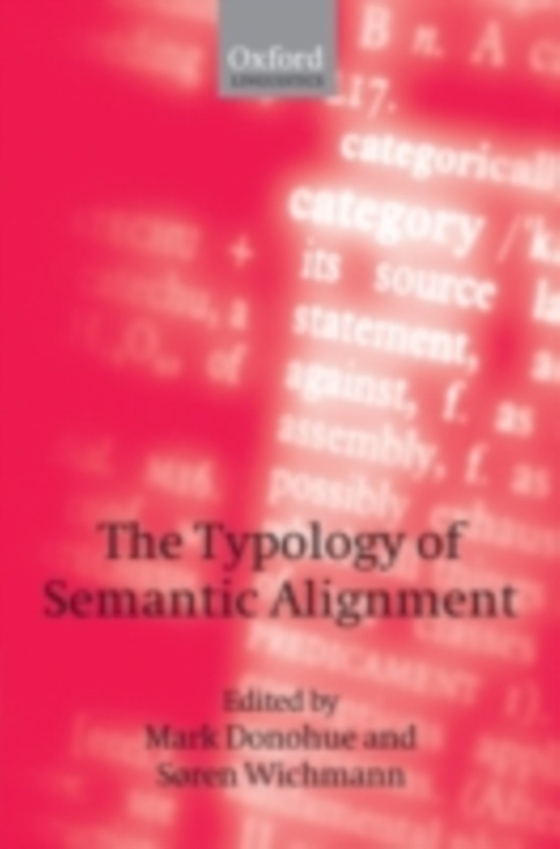
Typology of Semantic Alignment e-bog
1167,65 DKK
(inkl. moms 1459,56 DKK)
Semantic alignment refers to a type of language that has two means of morphosyntactically encoding the arguments of intransitive predicates, typically treating these as an agent or as a patient of a transitive predicate, or else by a means of a treatment that varies according to lexical aspect. This collection of new typological and case studies is the first book-length investigation of semanti...
E-bog
1167,65 DKK
Forlag
OUP Oxford
Udgivet
24 januar 2008
Genrer
Historical and comparative linguistics
Sprog
English
Format
pdf
Beskyttelse
LCP
ISBN
9780191528781
Semantic alignment refers to a type of language that has two means of morphosyntactically encoding the arguments of intransitive predicates, typically treating these as an agent or as a patient of a transitive predicate, or else by a means of a treatment that varies according to lexical aspect. This collection of new typological and case studies is the first book-length investigation of semantically aligned languages for three decades. Leading internationaltypologists explore the differences and commonalities of languages with semantic alignment systems and compare the structure of these languages to languages without them. They look at how such systems arise or disappear and provide areal overviews of Eurasia, the Americas, and the south-west Pacific, theareas where semantically aligned languages are concentrated. This book will interest typological and historical linguists at graduate level and above.
 Dansk
Dansk

